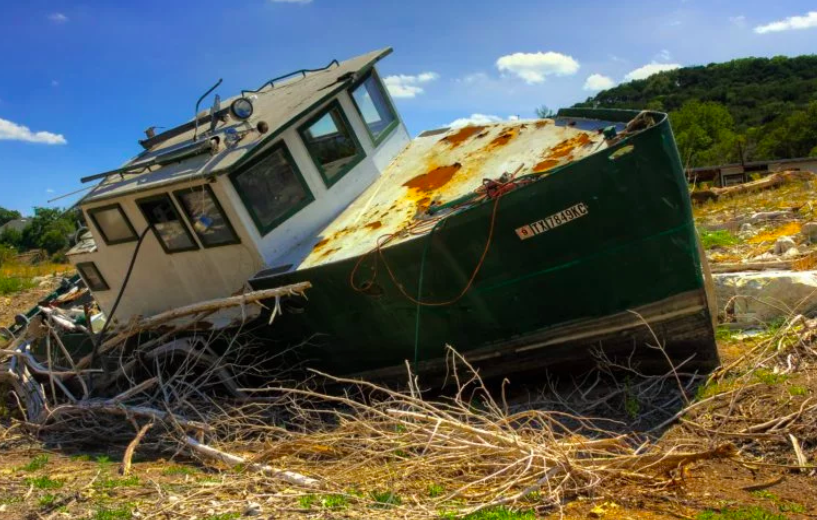The invisible line that divides the arid western part of the country from the wetter eastern half is on the move, and that has important implications for the Texas capital.
Meet Robert Lee. Not the Confederate general, the town. Robert Lee, Texas is a ranching community of 1,025 that lost its only source of water to the second-worst drought in recorded state history. By August 2011, Lake E.V. Spence, a praying-mantis-shaped, man-made reservoir once revered for its striped bass fishing, had all but dried up. It had been eight months since rain had fallen in the watershed, and as drought gripped the town tighter and tighter, owners deserted their high-priced but now-useless lakeside properties; ranchers sold off their herds; and town leaders scrambled to build a $1 million pipeline to bring in water. “When the rains slowed off in April and May, we kept saying, ‘Hang on. It’s coming, it’s coming.’ But it never did,” rancher Lee Hortenstein told the Houston Chronicle at the time.
Eventually, the rain did come, filling in the cracks of Spence’s clay bed and partially replenishing other Texas reservoirs strained by the years-long dry spell. But the drought shouldn’t soon be forgotten for a couple reasons, experts say. One is because climate change stands to exacerbate drought throughout the state — just this year, Amarillo went four months without a single drop of rainfall, a record rainless streak. Lubbock set two record high temperatures just this month… Read more from the Texas Observer.

